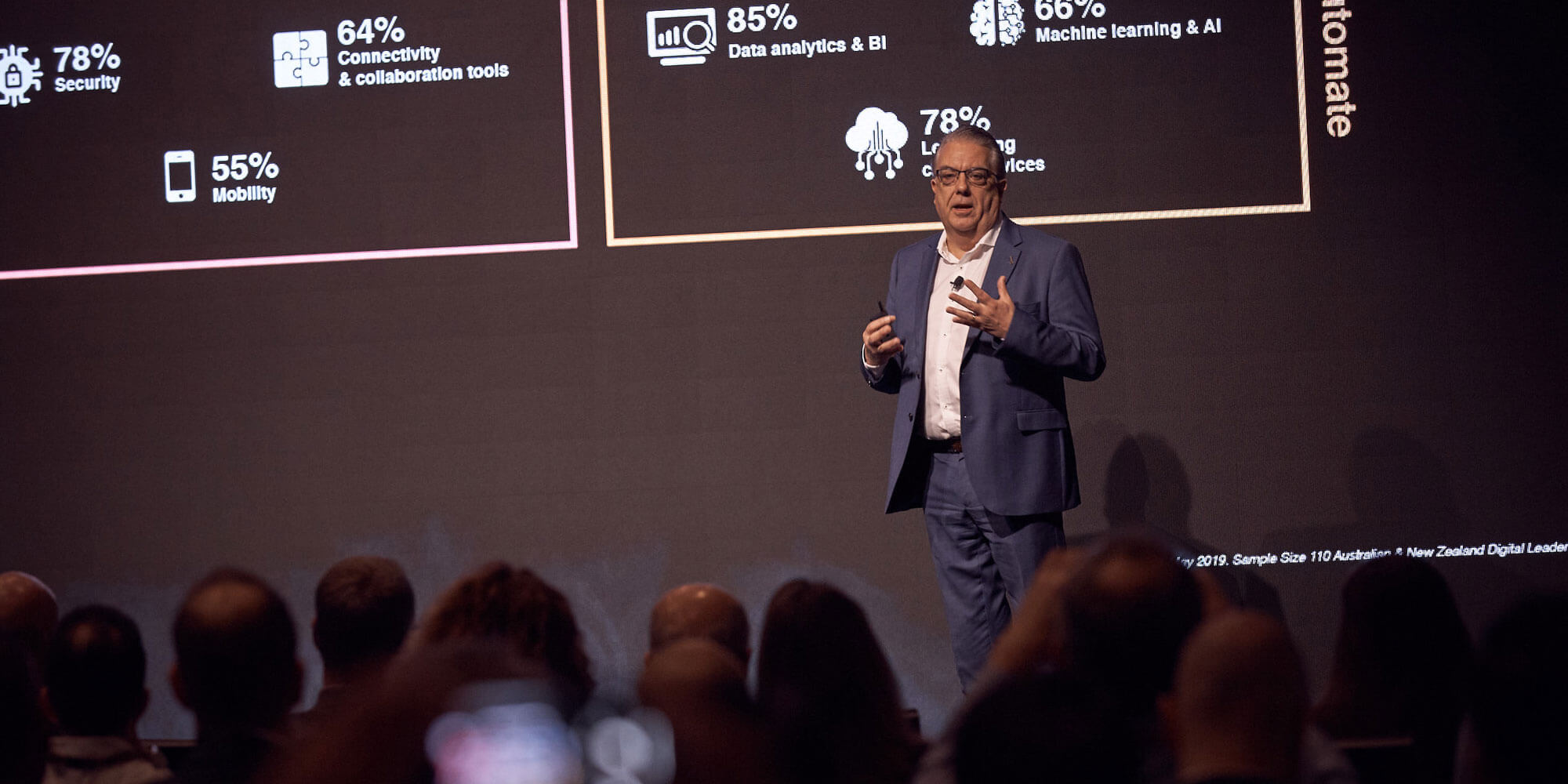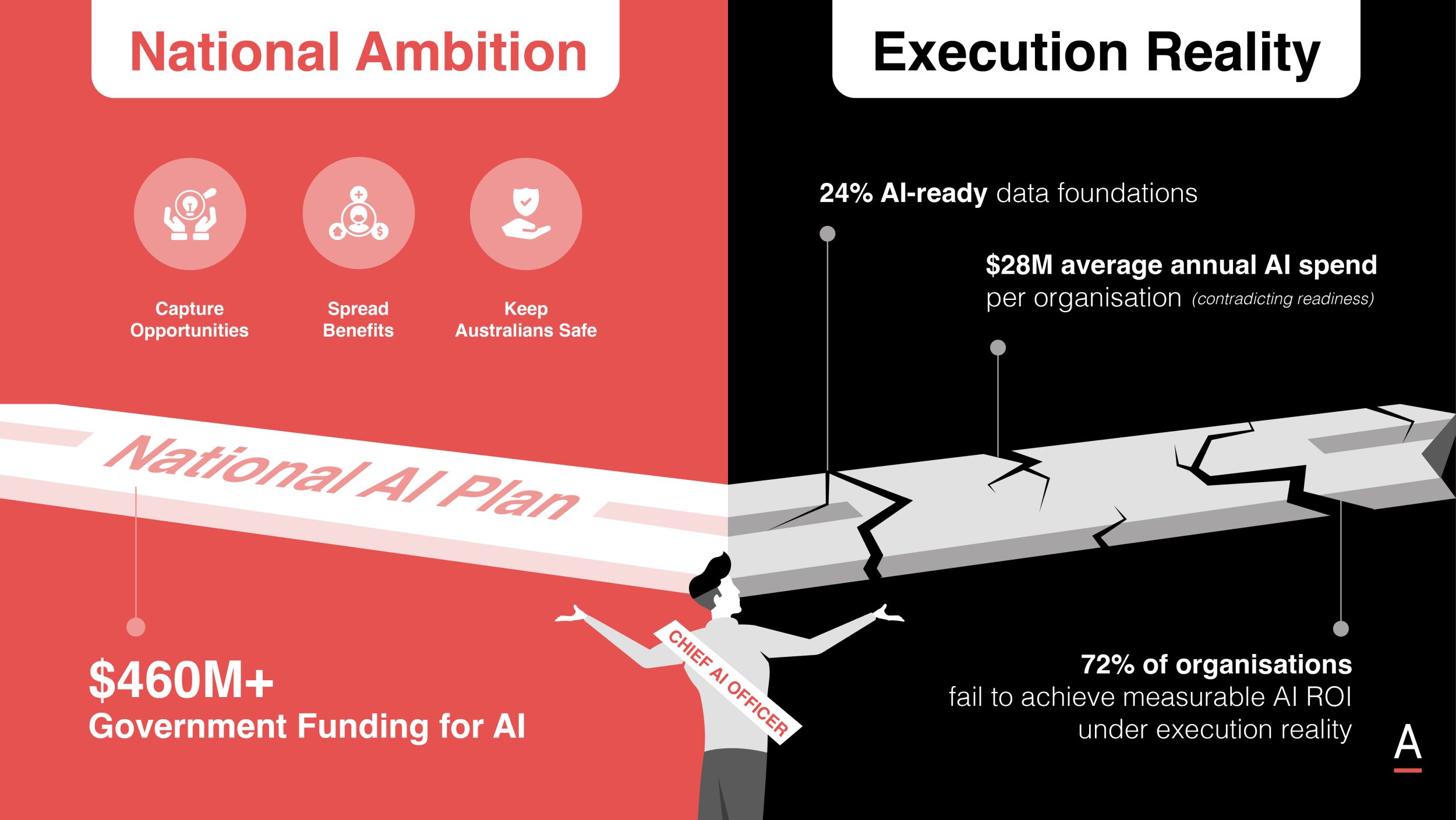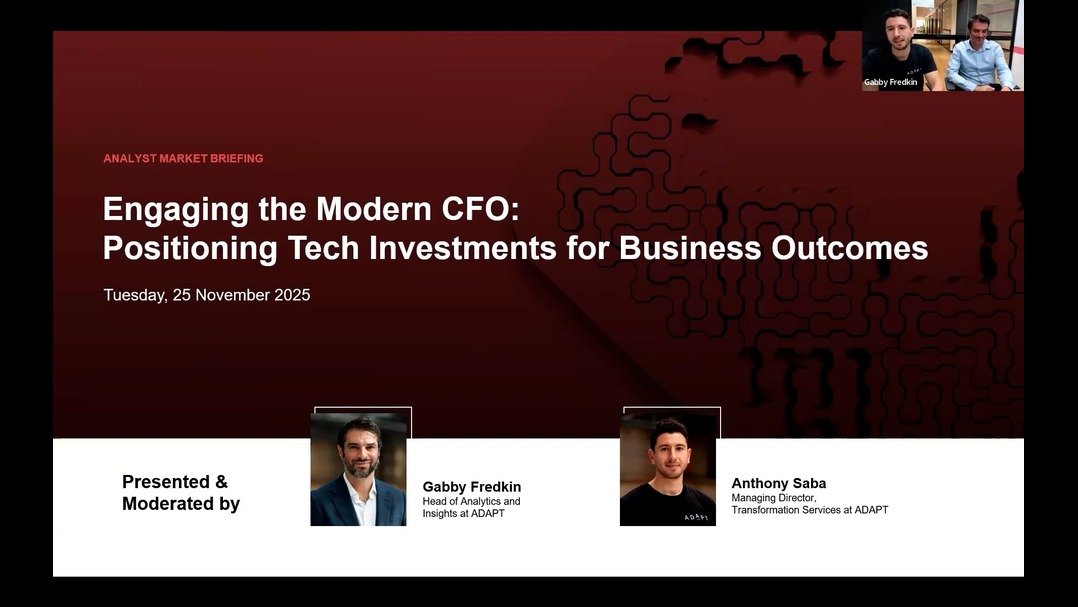2020: The Year of AI, ML and Cloud and IBM is Betting Big
From Big Blue to Red Hat to AI to Digital Transformation: IBM CEO Ginni Rometty, bets the farm on cloud, with a decent dose of AI for good measure
The Discussion
Time after time, history has shown that not all vendors are created equal in their quest to pivot and re-invent – some may remember Sun Microsystems trying to become a Software company – that didn’t end so well.
Enough of history, at the recent Cloud Innovation exchange all eyes were on Ginni Rometty, the CEO and Chairwoman of IBM to set the scene for the summit and provide insights as to what the next stage of the IBM journey looks like.
IBM’s relatively recent acquisition of Red Hat was an indication of how aggressively the company is taking its desire to lead in cloud computing, underpinned by the principles of open source and open standards.
Of all the tech giants, IBM has a knack of making the big bets, that people at first scratch their heads about, case in point the hefty US $34 billion price tag associated with the Red Hat acquisition.
Naturally, as this was IBM’s flagship Cloud Innovation Exchange conference, a substantial focus was expected on all things cloud.
However, in contrast, how to develop the workforce and how to counter the growing skills gap took the centre stage with a reference to the challenges faced globally and closer to home.
Discussions centred around the need to increasingly not hire for skills but for the propensity to learn where organisations need to build skills-based cultures, with trust the competitive differentiator of our time.
According to ADAPT’s CIO Edge event, the latest survey of some of Australia’s leading CIOs (see below) this past September, close to 60% of organisations have either deployed or are piloting AI/ML solutions.
Ginni made a statement that building a relevant workforce will become increasingly challenging as 100% of jobs will change in the future due to AI.
The operative word here is change, not disappear; Organisations will need to implement personalised learning and then align skills and reward to these learning programs.
As substantiated by ADAPT’s numerous surveys and research – Digital Transformation is a given. It is the new normal of what tech-driven organisations do.
And the key to digital transformation lies in a continuous execution focussing on innovation, automation, enablement and continual experience improvement
Rometty discussed how she believes that the first chapter of digital transformation as we know it today was outside-in; Driven by smartphones, digital sales channels and changing digital customer experiences.
This included random acts of digitalisation in parts of the company where it was easiest and most effective to deploy, also known as ‘Shadow IT’ in the digital age.
The next chapter in digitalisation needs to tackle three key areas:
- Understand how AI is scaled and then scale it – this requires changing the way work is done.
- In this AI scaled digital world, everything needs to be easily consumable, from the ‘why’, to the ‘what’ and to the ‘how’
- Design thinking is key and needs to start with the customer where non-technology companies now think increasingly like their tech first counterparts.
As organisations continuously execute on digital transformation, there needs to be increased focus on re-invigorating the core, investing more heavily in initiatives that are business-driven; transformation-led IT and in sync with the changing technology.
Attendees across all ADAPT Edge events in 2019 unanimously told us how they are bogged down in legacy mindsets, systems and processes.
Rometty corroborated this whilst discussing how back-end systems have not changed as quickly as they need to, and the organisations she speaks with are still struggling with legacy applications and infrastructure. Notwithstanding that IBM still makes a significant amount of profitable revenue from these legacy systems along with an increasing maintenance overhead as they continue to age.
Rometty provided her perspectives on the next stage in digitalisation, she sees this being underpinned by AI where mission-critical workloads on cloud are the norm with organisations increasingly looking to vendors to demonstrate how they can help companies manage progressively complex and hybrid multi-cloud environments.
ADAPT’s research shows that Australian CIOs are typically grappling with anything between five and eight cloud environments, where multi-cloud happened to them rather than something they planned.”
Cloud has emerged as the way to overcome these legacy challenges and offers many benefits, However, customers in the local market tell ADAPT these increasingly complex and unwieldy cloud environments are leading to missed cost and performance expectations together with increasing concerns related to data security.
This is driving Australian organisations to look for solutions and vendors that can help simplify, meet expectations and make management easier.
IBM has taken a very strong stand on a hybrid multi-cloud future, attempting to position itself as the “independent” enabler of these environments. Naturally, this is self-serving for the IBM business and other key cloud providers are also focussing more heavily on providing the management layer and support for what is rapidly becoming the norm for most organisations.
Rometty noted that globally 20% of workloads are currently in the public cloud, Australian organisations are slightly ahead of this at around 23%. However, according to the results of ADAPT’s ongoing Australian cloud migration study (highlights below) it is expected that this will increase to 40% within the next two years.
One of Rometty’s key themes was how we should be leveraging technology for the greater good and IBM has taken a strong stand on areas of social and environmental injustice as outlined in this ADAPT research document.
Key takeaways:
- Change the way how work is done and how we develop and reward people.
- Solve problems that give us the right to play a greater role
- Deliver on what we say we will provide, aligned to what our customers and employees expect.
- Differentiate with kindness and put people in the middle of everything we do and every outcome we are driving.
- People may forget what we said and what we do, people will never forget how we make them feel.

























